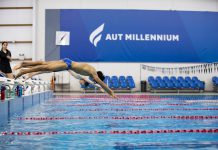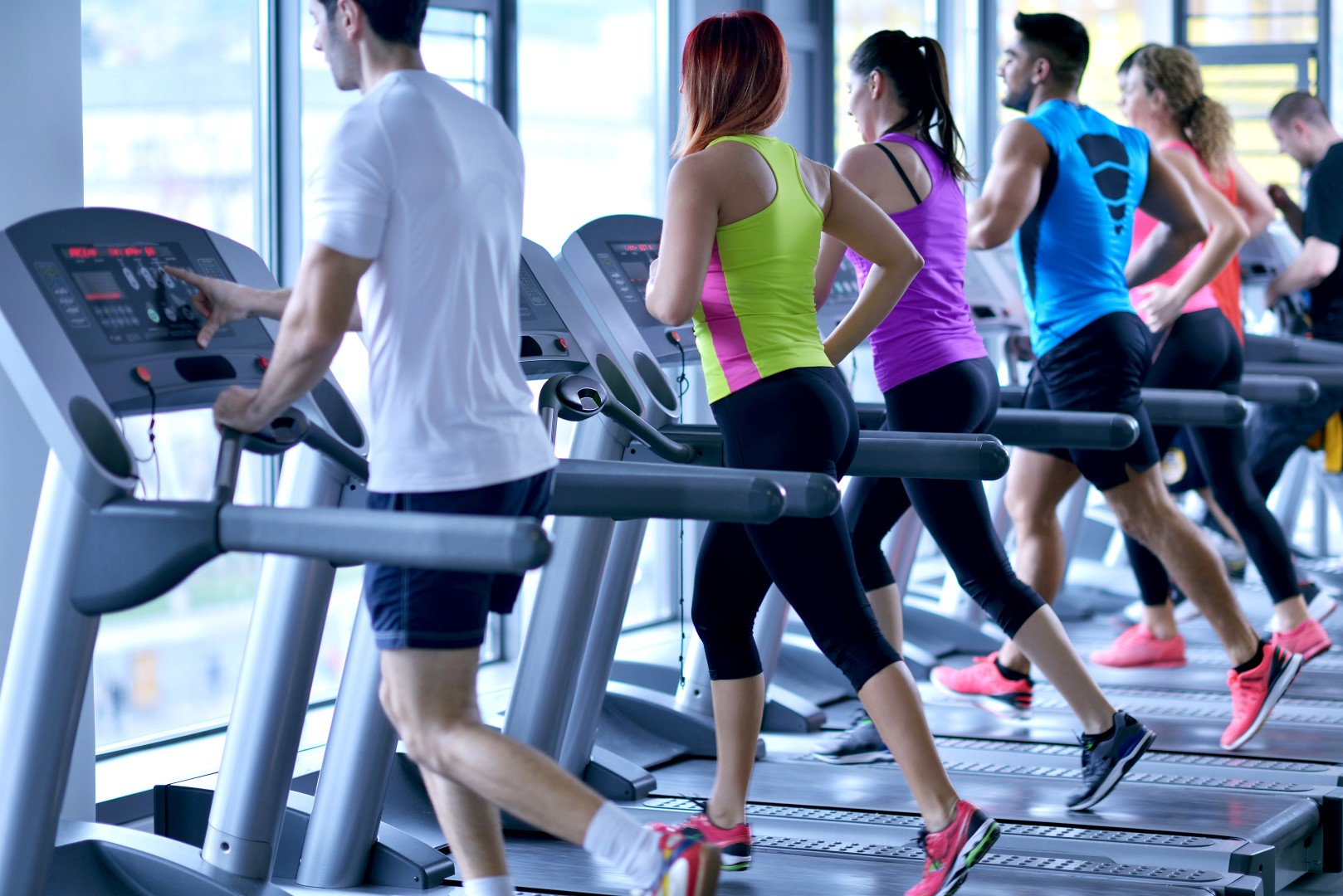Our breath is our life force. During exercise our breath can help us go past what we thought was possible. When we put our bodies under stress with physical activity it becomes even more important to be able to deliver oxygen to our working muscles. However, because breathing for most is an automated response, there’s not a lot of thought into the whole process! It’s time to start taking notice of how you breathe in order to help maximise your workout and life.
As an athlete, I have always found that when I paid attention to my breath, it allowed me a higher level of focus. It allowed me to be centred and make sure I was in the moment and going for it. How many of you head to the gym with the day’s thoughts and what you need to do tomorrow flashing through your mind? By focusing on your breath, you can help yourself clear your head of your to-do list and get the most out of the workout. The best and fastest way I’ve been able to do this is simply breathing in and out of my nose. When I do this I feel the warmth of the air as it enters and exits the tip of my nose. Try and stay focused on this for 5 breaths. It sounds simple but maintaining concentration for 5 breaths is actually a challenge for most! If you’re struggling at times during a class or a particular set of exercises, return to your breath. Your mind will try and trick you, but go back to basics in times of need.
Extreme breathlessness during exercise should really be avoided, but if you are going hard and placing stress on your respiratory system, then it’s a given. When I’m searching for air during exercise, I’m breathing in and out of my mouth – literally trying to suck in as much air as possible! However I know that in order to get right to the bottom of my lungs I need to inhale through my nose. Research supports nose breathing by comparison to mouth breathing during exercise, as it increases circulation, slows breathing rate and improves overall lung volumes. In my experience, being able to slow my breathing rate is very helpful and allows me to recover much faster after strenuous efforts.
If you are doing more power exercises or lifting heavy weights, it is well known that you can exert more force using a breath hold. This can be achieved by breathing deeply into your diaphragm and holding your breath. This is called the “Valsalva manoeuvre”. Most of us do this unconsciously if you are doing something that requires a big effort, such as trying to take a sticky lid off a jar.
In contrast, for moderate weights, you may be better off with the following routine: breathing in as you lower the weight and breathing out on the way up. The only caveat being that with maximum loads, you are probably better holding your breath and breathing out as you extend and finish the reptition. Please be aware if you have blood pressure issues to avoid these sorts of maximum efforts or consult your doctor about what’s best for you.
The role of posture is also important in terms of lung capacity. If we are hunched over, we are less likely to be able to expand our lungs fully. Your rib cage is attached to your thoracic spine and is designed to move with your lungs, so make sure you give your body an opportunity to do so.
Enjoy the life that your breath brings. It is powerful and will help you go to new levels in your exercise routine. Be awesome and breathe deeply.







































